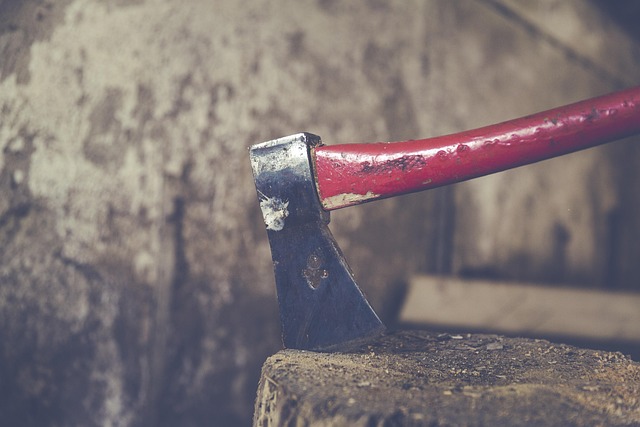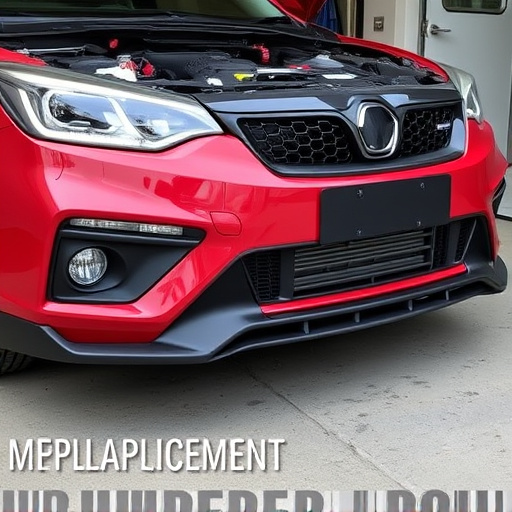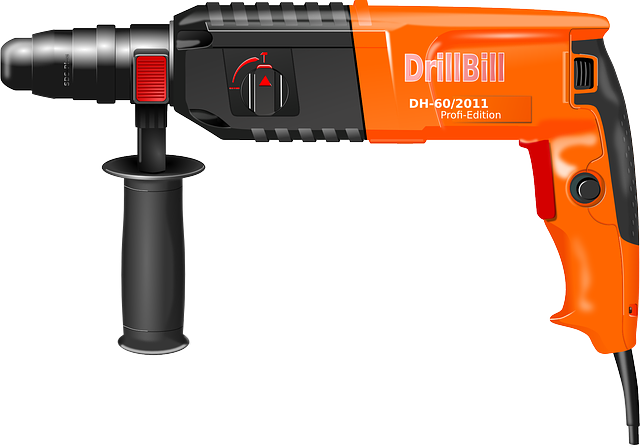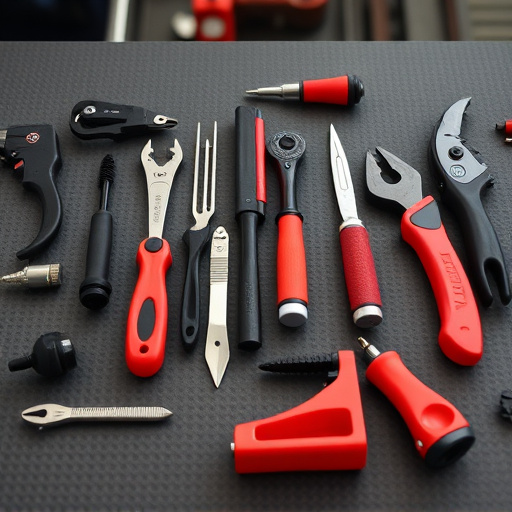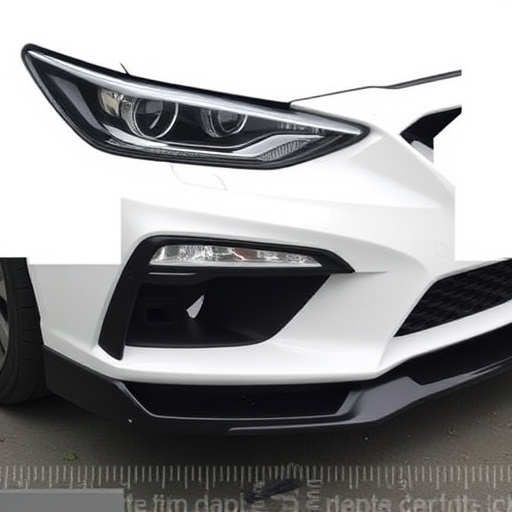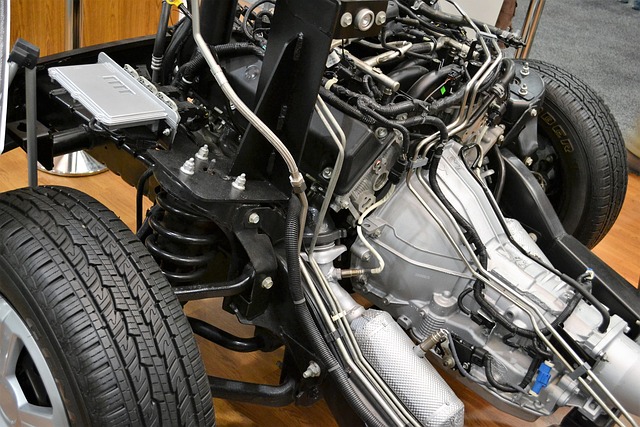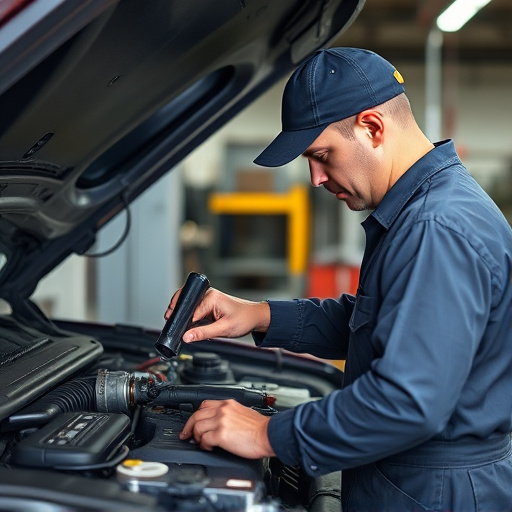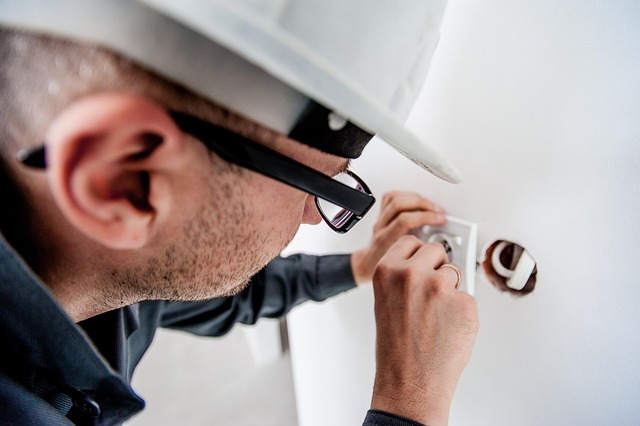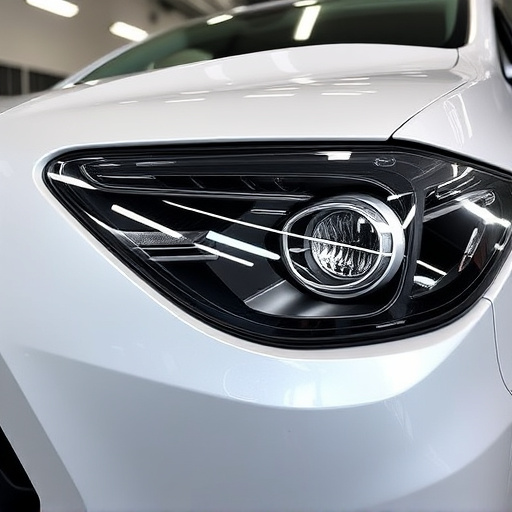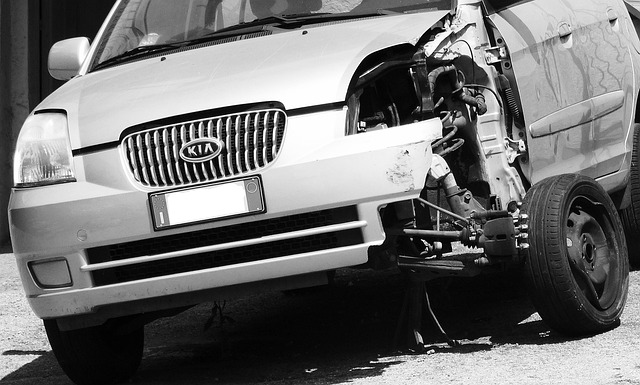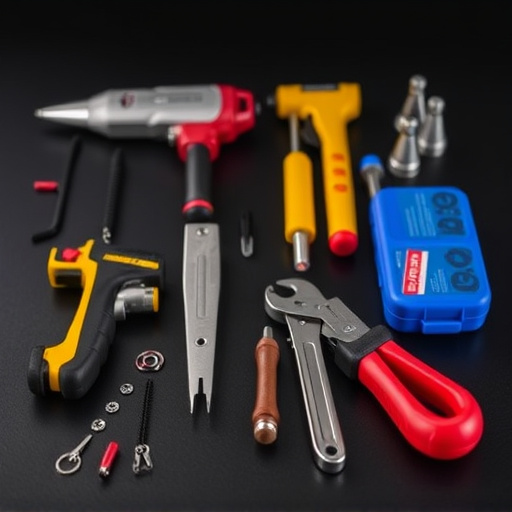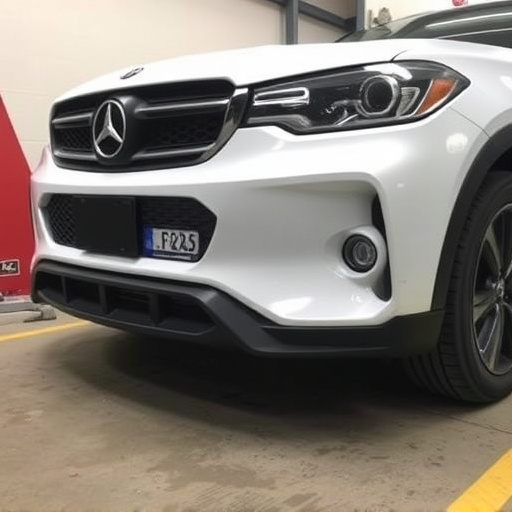Color Matching Excellence across industries, especially auto body work, hinges on three key factors: lighting, temperature, and humidity. Natural light causes spectral variations, while artificial lighting should be standardized to minimize color distortion. Optimal temperatures manage chemical reactions during curing for precise color reproduction, balancing drying speed and potential discoloration. Humidity interacts with pigments, affecting color perception; technicians overcome this through specialized lighting or advanced measurement tools. Controlling these factors ensures color matching excellence in both artistic applications and functional repairs like auto dent repair.
Environmental conditions play a pivotal role in achieving unparalleled color matching excellence. This article delves into the intricate ways lighting, temperature, and humidity shape our perception of color accurately. Discover how natural and artificial lighting sources impact visual judgment, explore the role of thermal equilibrium in maintaining consistent hues, and understand the subtle yet significant effects of moisture on color matching. By understanding these factors, professionals can ensure optimal color accuracy across various industries.
- The Impact of Lighting on Color Perception
- Temperature and Its Role in Color Accuracy
- Humidity's Effect on Visual Matching
The Impact of Lighting on Color Perception
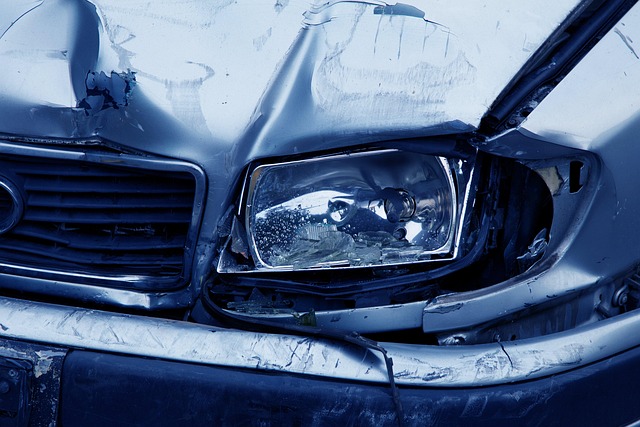
Lighting plays a pivotal role in how we perceive colors, which significantly impacts color matching excellence in various industries. The type and intensity of light can alter the appearance of hues, making it challenging to achieve precise color reproduction, especially in tasks like auto body painting or auto dent repair where exact color matches are crucial. Different lighting conditions can highlight certain colors or make them appear shifted slightly, affecting our ability to judge and match colors accurately.
In an auto body work setting, for instance, the workshop’s lighting setup must be considered when trying to match a car’s original paint color. Natural light can introduce variations due to its spectral content and brightness levels, whereas artificial lights, such as those used in auto body painting stations, should be carefully chosen to minimize color distortion. Standardized lighting conditions ensure that colors are perceived consistently across different environments, facilitating better color matching excellence, whether for artistic endeavors or functional repairs like auto dent repair.
Temperature and Its Role in Color Accuracy
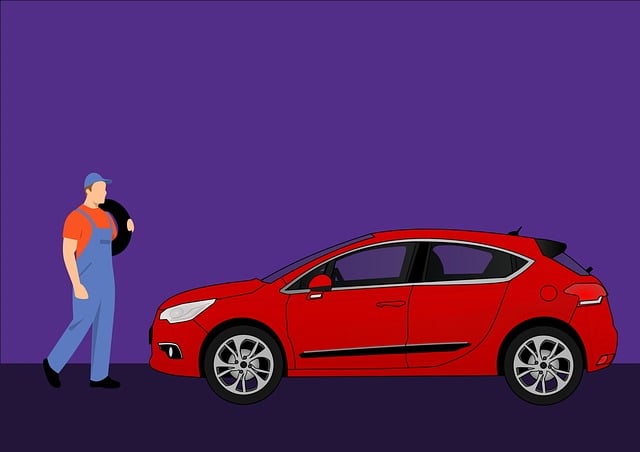
The environmental temperature plays a pivotal role in achieving color matching excellence during various industrial processes, especially in sectors like automotive manufacturing and auto body painting. In the realm of car paint services, maintaining optimal temperatures is essential to ensure the precise reproduction of colors. Extreme heat or cold can significantly impact the chemical reactions involved in curing and setting paints, leading to variations in color intensity and shade accuracy.
For instance, warmer temperatures expedite the drying process, which is crucial for achieving a uniform finish. However, too much heat can cause the paint to yellow or alter its tonal characteristics. Conversely, colder climates may slow down the curing process, potentially resulting in a less-than-ideal final product. Thus, controlling temperature is not just about ensuring efficient auto dent repair or auto body painting; it’s also about preserving the aesthetic integrity of the finished product, ultimately enhancing color matching excellence.
Humidity's Effect on Visual Matching
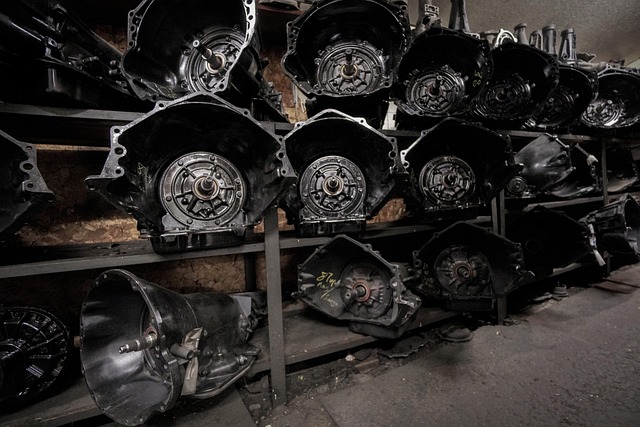
Humidity plays a significant role in affecting color matching excellence during various tasks, including automotive body restoration and vehicle body repairs at an automotive body shop. In high humidity environments, the moisture in the air can interact with pigments and coatings, leading to changes in how colors appear and are perceived. This is particularly relevant when trying to match specific car body colors precisely. The increased moisture can cause variations in the way light reflects off surfaces, impacting visual matching accuracy.
As a result, technicians in such environments need to adjust their processes accordingly. They might require additional tools or techniques to ensure they achieve the desired color matching excellence. For instance, specialized lighting or advanced measurement devices can help counteract humidity’s effects, allowing for more precise and consistent results in car body restoration or vehicle body repair projects.
Environmental conditions play a significant role in achieving color matching excellence. Lighting, temperature, and humidity each influence color perception in unique ways, impacting the accuracy of visual matching. Understanding these factors is essential for professionals seeking to maintain high standards in fields like design, fashion, and art, ensuring that colors appear as intended across diverse settings. By considering these environmental aspects, experts can optimize their processes and deliver exceptional color matching results.

